





























See Also
See Again
© Shutterstock
0 / 30 Fotos
How did the scheme start?
- The first question is, why would anyone want to sell a house for just €1? Well, the main reason is that Italy has an aging population. So, with no children or grandchildren to inherit their homes, many elderly Italians end up leaving them to the local authorities instead.
© Getty Images
1 / 30 Fotos
Why sell the homes for €1?
- As with the rest of the world, young people from rural Italian towns are increasingly migrating towards big cities in search of cosmopolitan jobs and a faster pace of life. So, with no one left to buy the houses, towns came up with the scheme to start recruiting further afield.
© Getty Images
2 / 30 Fotos
The benefit to the town
- The concept is that by improving and occupying these homes, there will be an influx of new residents who will boost the economy and rejuvenate the community. In turn, this will eventually make the towns more money than selling the houses at full price.
© Getty Images
3 / 30 Fotos
Rejuvenating the area
- The further benefit is that many towns have a clause stating that while you may do as you please to the interior of the property, the outside must maintain its original facade. In this way, the towns can avoid new constructions and begin to reclaim their cultural identity.
© Getty Images
4 / 30 Fotos
So, what’s the catch?
- Well, no one is going to sell a brand-new swanky villa for a couple of dollars. The houses on the scheme, therefore, are usually in need of major improvements and can be somewhat dilapidated. So, if you’re looking for somewhere ready to move straight in, then this isn't for you.
© Getty Images
5 / 30 Fotos
What type of houses are on offer?
- The condition of the houses available varies and so do the properties themselves. A lot of them are small townhouses or cottages, however, monasteries, commercial properties, castles, and even an abandoned lighthouse have been sold on the scheme.
© Getty Images
6 / 30 Fotos
Who can take part?
- The scheme is open to anyone over the age of 18. If you have Italian residency or are an EU citizen, then this will be easy for you. If you’re from outside of the EU, you can still get involved but only as a non-resident—which means paying slightly higher taxes.
© Shutterstock
7 / 30 Fotos
Fine print for foreigners
- Non-residents can only spend 90 days at a time in Italy, and can’t spend more than 180 days in a calendar year. Put simply, this means living in your new home for three months and then leaving for three before you can return. With the right funds and paperwork, however, foreigners can apply for Italian residency.
© Shutterstock
8 / 30 Fotos
Do you have to live in it?
- This again can differ from town to town. While some require you to live in the house, others allow you to rent it as a holiday home or make it into a B&B. This could be a good option for non-residents who need to leave regularly and are looking for a business opportunity.
© Getty Images
9 / 30 Fotos
What do you need to do?
- If you decide to go ahead with the scheme, there are some things you need to bear in mind. Rules differ from town to town, but buyers must always show a plan for their project and proof that they have the financial means to support it.
© Shutterstock
10 / 30 Fotos
You’ll be on the clock
- You don’t just have to show a plan, you also have to complete the plan on time. New owners are required to submit their plans within two to 12 months of purchase, start work within one year, and complete it within the next three.
© Shutterstock
11 / 30 Fotos
You need to pay a guarantee
- Some municipalities also ask for a guarantee fee or deposit to prove that you’re committed to the project. This usually costs between €1,000 (US$1,111) and €10,000 (US$11,115), and will be lost if the project does not go ahead within three years.
© Shutterstock
12 / 30 Fotos
So, how much will it cost?
- The cost of the renovation depends on the size of the project and the property that you take on. However, the average is estimated to be around €20,000 (US$22,218) to €50,000 (US$55,545), which is relatively low in comparison to other countries.
© Shutterstock
13 / 30 Fotos
Don’t forget the fees
- Legal fees for buying a house abroad can amount to around €3,000 (US$3,332). While it may seem a bit like the price is hiking up, some areas are happy for you to complete construction work yourself, which can really help to cut down on costs.
© Shutterstock
14 / 30 Fotos
Bidding wars
- The final thing to take into account is that this scheme has become very popular, so some areas are now actually offering bidding wars on their more desirable properties. This means that a €1 house may end up going for far more.
© Shutterstock
15 / 30 Fotos
So, how do you get started?
- There are lots of websites now dedicated to advertising €1 houses across the country, and you can also check out the local government websites directly for listings. It’s highly recommended, however, that you visit the property in person before buying it.
© Shutterstock
16 / 30 Fotos
So where can I buy a €1 house?
- Around 25 Italian municipalities, including some of Italy's most beguiling towns and villages, are currently involved in the scheme. From Puglia to Piedmont, click on to see some of the most desirable areas that you could move to.
© Getty Images
17 / 30 Fotos
Tuscany
- Home to rolling hills, vineyards, and some of the country's most gorgeous villas—it may be hard to believe, but you can actually buy a home in Tuscany for just €1. To check out what's available, look for properties in the towns of Montieri, Grosseto, Lucca, and Vergemoli.
© Shutterstock
18 / 30 Fotos
Sardinia
- If you’re looking for island living then head to Sardinia. Boasting endless coastlines and a multitude of €1 homes, the towns of Romana and Nulvi in the Sassari province have both signed up.
© Getty Images
19 / 30 Fotos
Sicily
- Sicily is known for its coastline, its wine, its arancini, and its €1 house schemes! The area is packed with beautiful small towns that have signed up, including Mussomeli, Calatafimi Segesta, Augusta, Sambuca, and Caltagirone.
© Shutterstock
20 / 30 Fotos
Puglia
- Puglia is one of Italy’s most desirable tourist destinations and their provincial capital of Taranto is actually on the scheme. With almost 200,000 inhabitants, this was one of the first big towns to sign up and is ideal for anyone looking to live in a more bustling environment.
© Shutterstock
21 / 30 Fotos
Piedmont
- If you’re looking for a true northern escape then Piedmont is right by Switzerland and can offer access to wine-producing regions and the Antrona Valley. If that sounds appealing, then check out the homes on offer in towns like Borgomezzavalle and Albugnano.
© Getty Images
22 / 30 Fotos
Emilia-Romagna
- Despite being an incredibly wealthy area, some of Emilia-Romagna’s towns are struggling and looking for a boost from the €1 scheme. Located just around the corner from Bologna, the towns are known for their stunning landscapes and medieval architecture.
© Shutterstock
23 / 30 Fotos
Abruzzo
- Just east of Rome, Abruzzo benefits from both the Adriatic coastline and the Apennine Mountains. It’s also packed with national parks and nature reserves, and currently has vacant homes in the towns of Casoli, Santo Stefano di Sessanio, and Pratola Peligna.
© Getty Images
24 / 30 Fotos
Campania
- A coastal region that includes the Amalfi Coast, Campania is close to Naples but offers a very different lifestyle. Ideal for anyone looking for a quiet life, some of the properties on offer are in towns like Pietramelara, which is home to only 15 families.
© Getty Images
25 / 30 Fotos
Le Marche
- Nestled between the Adriatic Sea and the Apennine mountains, La Marche is located in the heart of Italy. So, for a slice of the good life, head to the medieval town of Cantiano where €1 homes are on offer just 40 minutes away from the beach.
© Getty Images
26 / 30 Fotos
Liguria
- Cradling the Italian Riviera, Liguria’s towns of Triora and Pignone are also on the scheme. Known for their colorful fishing villages, delicious pesto, and world-famous focaccia—these €1 homes are a true steal.
© Getty Images
27 / 30 Fotos
The scheme on screen
- In 2025, Netflix released ‘The La Dolce Villa,’ which paints a very romantic picture of the scheme (although be warned, it’s set in a fictional town!) The British series, ‘Amanda & Alan's Italian Job,’ also highlights the program with a comedy duo renovating real €1 homes.
© NL Beeld
28 / 30 Fotos
So, can you really buy a house for one euro?
- The answer is yes, you really can. However, you need much more to make it happen. Regardless, it’s still an incredible offer and a genuine opportunity to live in some of the world's most beautiful locations for a fraction of the typical cost. Sources: (The Independent) (Case 1 Euro)
© Shutterstock
29 / 30 Fotos
© Shutterstock
0 / 30 Fotos
How did the scheme start?
- The first question is, why would anyone want to sell a house for just €1? Well, the main reason is that Italy has an aging population. So, with no children or grandchildren to inherit their homes, many elderly Italians end up leaving them to the local authorities instead.
© Getty Images
1 / 30 Fotos
Why sell the homes for €1?
- As with the rest of the world, young people from rural Italian towns are increasingly migrating towards big cities in search of cosmopolitan jobs and a faster pace of life. So, with no one left to buy the houses, towns came up with the scheme to start recruiting further afield.
© Getty Images
2 / 30 Fotos
The benefit to the town
- The concept is that by improving and occupying these homes, there will be an influx of new residents who will boost the economy and rejuvenate the community. In turn, this will eventually make the towns more money than selling the houses at full price.
© Getty Images
3 / 30 Fotos
Rejuvenating the area
- The further benefit is that many towns have a clause stating that while you may do as you please to the interior of the property, the outside must maintain its original facade. In this way, the towns can avoid new constructions and begin to reclaim their cultural identity.
© Getty Images
4 / 30 Fotos
So, what’s the catch?
- Well, no one is going to sell a brand-new swanky villa for a couple of dollars. The houses on the scheme, therefore, are usually in need of major improvements and can be somewhat dilapidated. So, if you’re looking for somewhere ready to move straight in, then this isn't for you.
© Getty Images
5 / 30 Fotos
What type of houses are on offer?
- The condition of the houses available varies and so do the properties themselves. A lot of them are small townhouses or cottages, however, monasteries, commercial properties, castles, and even an abandoned lighthouse have been sold on the scheme.
© Getty Images
6 / 30 Fotos
Who can take part?
- The scheme is open to anyone over the age of 18. If you have Italian residency or are an EU citizen, then this will be easy for you. If you’re from outside of the EU, you can still get involved but only as a non-resident—which means paying slightly higher taxes.
© Shutterstock
7 / 30 Fotos
Fine print for foreigners
- Non-residents can only spend 90 days at a time in Italy, and can’t spend more than 180 days in a calendar year. Put simply, this means living in your new home for three months and then leaving for three before you can return. With the right funds and paperwork, however, foreigners can apply for Italian residency.
© Shutterstock
8 / 30 Fotos
Do you have to live in it?
- This again can differ from town to town. While some require you to live in the house, others allow you to rent it as a holiday home or make it into a B&B. This could be a good option for non-residents who need to leave regularly and are looking for a business opportunity.
© Getty Images
9 / 30 Fotos
What do you need to do?
- If you decide to go ahead with the scheme, there are some things you need to bear in mind. Rules differ from town to town, but buyers must always show a plan for their project and proof that they have the financial means to support it.
© Shutterstock
10 / 30 Fotos
You’ll be on the clock
- You don’t just have to show a plan, you also have to complete the plan on time. New owners are required to submit their plans within two to 12 months of purchase, start work within one year, and complete it within the next three.
© Shutterstock
11 / 30 Fotos
You need to pay a guarantee
- Some municipalities also ask for a guarantee fee or deposit to prove that you’re committed to the project. This usually costs between €1,000 (US$1,111) and €10,000 (US$11,115), and will be lost if the project does not go ahead within three years.
© Shutterstock
12 / 30 Fotos
So, how much will it cost?
- The cost of the renovation depends on the size of the project and the property that you take on. However, the average is estimated to be around €20,000 (US$22,218) to €50,000 (US$55,545), which is relatively low in comparison to other countries.
© Shutterstock
13 / 30 Fotos
Don’t forget the fees
- Legal fees for buying a house abroad can amount to around €3,000 (US$3,332). While it may seem a bit like the price is hiking up, some areas are happy for you to complete construction work yourself, which can really help to cut down on costs.
© Shutterstock
14 / 30 Fotos
Bidding wars
- The final thing to take into account is that this scheme has become very popular, so some areas are now actually offering bidding wars on their more desirable properties. This means that a €1 house may end up going for far more.
© Shutterstock
15 / 30 Fotos
So, how do you get started?
- There are lots of websites now dedicated to advertising €1 houses across the country, and you can also check out the local government websites directly for listings. It’s highly recommended, however, that you visit the property in person before buying it.
© Shutterstock
16 / 30 Fotos
So where can I buy a €1 house?
- Around 25 Italian municipalities, including some of Italy's most beguiling towns and villages, are currently involved in the scheme. From Puglia to Piedmont, click on to see some of the most desirable areas that you could move to.
© Getty Images
17 / 30 Fotos
Tuscany
- Home to rolling hills, vineyards, and some of the country's most gorgeous villas—it may be hard to believe, but you can actually buy a home in Tuscany for just €1. To check out what's available, look for properties in the towns of Montieri, Grosseto, Lucca, and Vergemoli.
© Shutterstock
18 / 30 Fotos
Sardinia
- If you’re looking for island living then head to Sardinia. Boasting endless coastlines and a multitude of €1 homes, the towns of Romana and Nulvi in the Sassari province have both signed up.
© Getty Images
19 / 30 Fotos
Sicily
- Sicily is known for its coastline, its wine, its arancini, and its €1 house schemes! The area is packed with beautiful small towns that have signed up, including Mussomeli, Calatafimi Segesta, Augusta, Sambuca, and Caltagirone.
© Shutterstock
20 / 30 Fotos
Puglia
- Puglia is one of Italy’s most desirable tourist destinations and their provincial capital of Taranto is actually on the scheme. With almost 200,000 inhabitants, this was one of the first big towns to sign up and is ideal for anyone looking to live in a more bustling environment.
© Shutterstock
21 / 30 Fotos
Piedmont
- If you’re looking for a true northern escape then Piedmont is right by Switzerland and can offer access to wine-producing regions and the Antrona Valley. If that sounds appealing, then check out the homes on offer in towns like Borgomezzavalle and Albugnano.
© Getty Images
22 / 30 Fotos
Emilia-Romagna
- Despite being an incredibly wealthy area, some of Emilia-Romagna’s towns are struggling and looking for a boost from the €1 scheme. Located just around the corner from Bologna, the towns are known for their stunning landscapes and medieval architecture.
© Shutterstock
23 / 30 Fotos
Abruzzo
- Just east of Rome, Abruzzo benefits from both the Adriatic coastline and the Apennine Mountains. It’s also packed with national parks and nature reserves, and currently has vacant homes in the towns of Casoli, Santo Stefano di Sessanio, and Pratola Peligna.
© Getty Images
24 / 30 Fotos
Campania
- A coastal region that includes the Amalfi Coast, Campania is close to Naples but offers a very different lifestyle. Ideal for anyone looking for a quiet life, some of the properties on offer are in towns like Pietramelara, which is home to only 15 families.
© Getty Images
25 / 30 Fotos
Le Marche
- Nestled between the Adriatic Sea and the Apennine mountains, La Marche is located in the heart of Italy. So, for a slice of the good life, head to the medieval town of Cantiano where €1 homes are on offer just 40 minutes away from the beach.
© Getty Images
26 / 30 Fotos
Liguria
- Cradling the Italian Riviera, Liguria’s towns of Triora and Pignone are also on the scheme. Known for their colorful fishing villages, delicious pesto, and world-famous focaccia—these €1 homes are a true steal.
© Getty Images
27 / 30 Fotos
The scheme on screen
- In 2025, Netflix released ‘The La Dolce Villa,’ which paints a very romantic picture of the scheme (although be warned, it’s set in a fictional town!) The British series, ‘Amanda & Alan's Italian Job,’ also highlights the program with a comedy duo renovating real €1 homes.
© NL Beeld
28 / 30 Fotos
So, can you really buy a house for one euro?
- The answer is yes, you really can. However, you need much more to make it happen. Regardless, it’s still an incredible offer and a genuine opportunity to live in some of the world's most beautiful locations for a fraction of the typical cost. Sources: (The Independent) (Case 1 Euro)
© Shutterstock
29 / 30 Fotos
How to buy a house in Italy for just one euro
That’s less than US$1.50!
© Shutterstock
Have you ever dreamed of living in the rolling hills of Tuscany? Or on the beautiful island of Sicily? Well, thanks to the €1 scheme, that may now actually be possible.
It may seem hard to believe, but towns in Italy are really selling vacant homes for just €1 (US$1.11). The concept began with one small Sicilian town and it has now become so successful that there are €1 properties available across the country—and Netflix has even made a film about it!
But can it really be that easy (and cheap) to live in an Italian villa? To find out how, why, and where to buy, click on.
RECOMMENDED FOR YOU

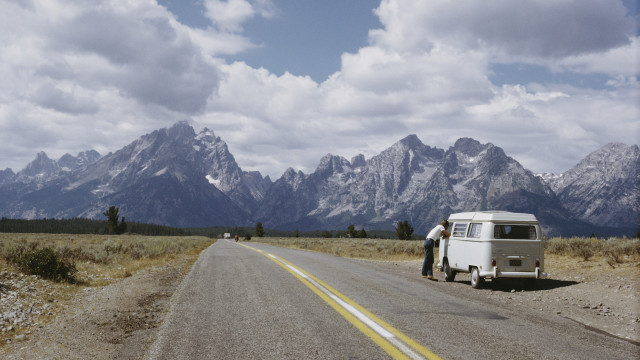


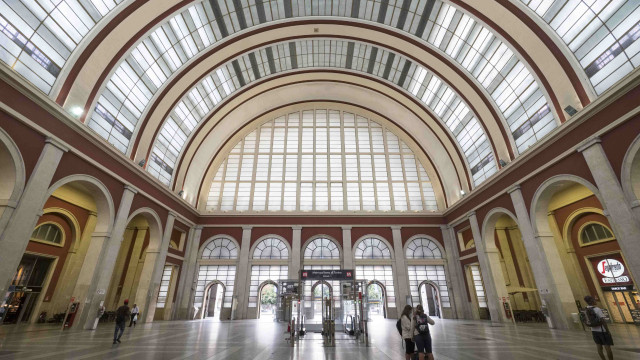
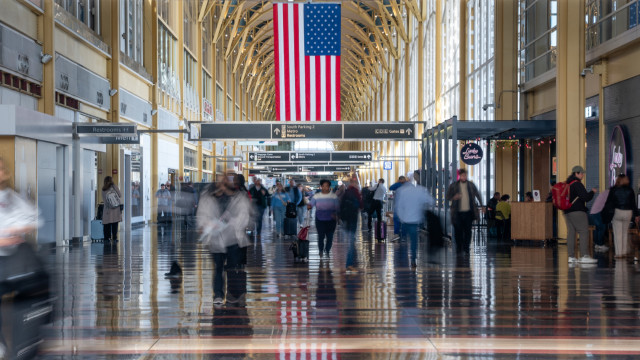
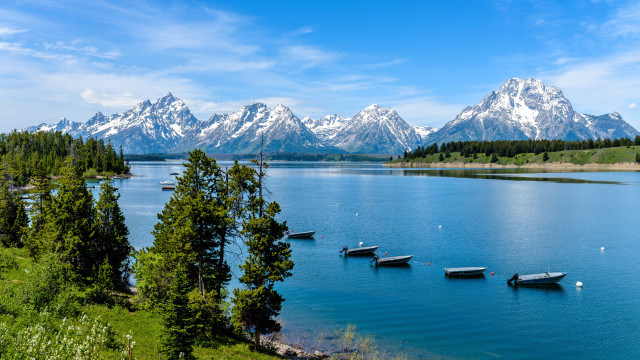
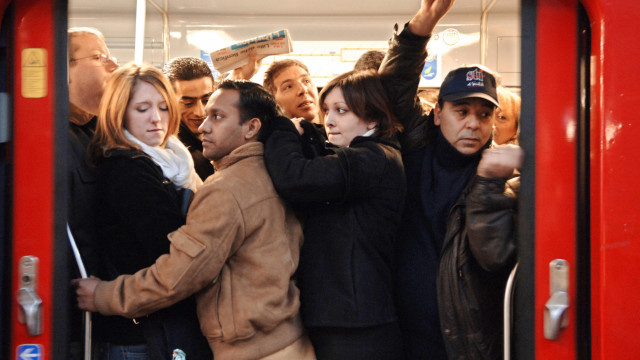
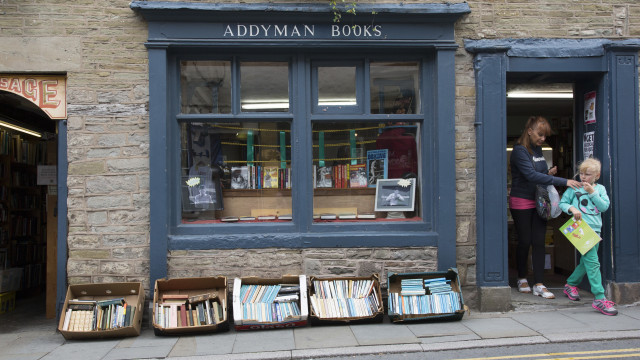
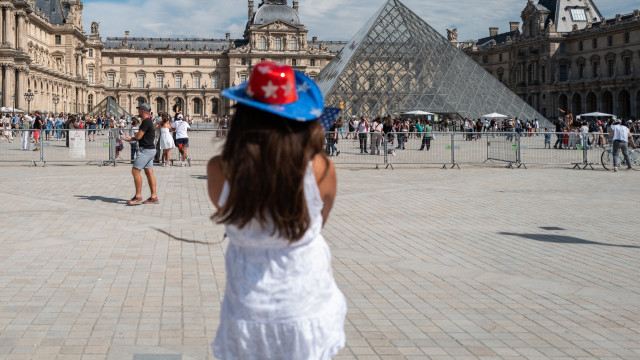


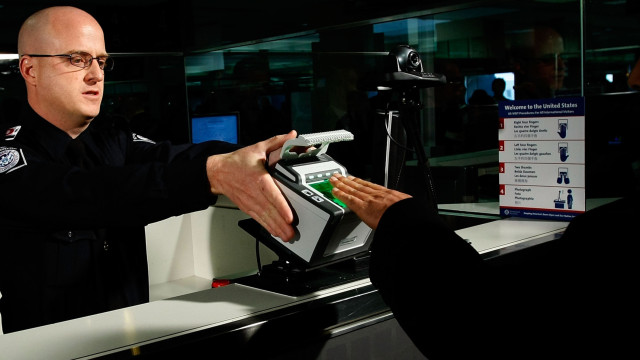









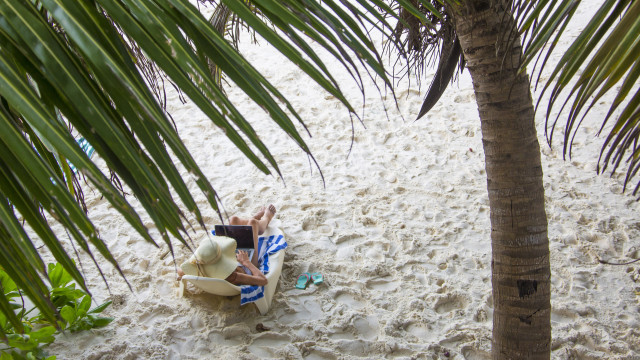







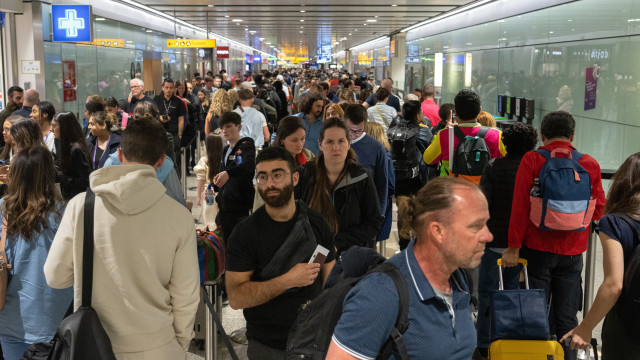





MOST READ
- Last Hour
- Last Day
- Last Week








